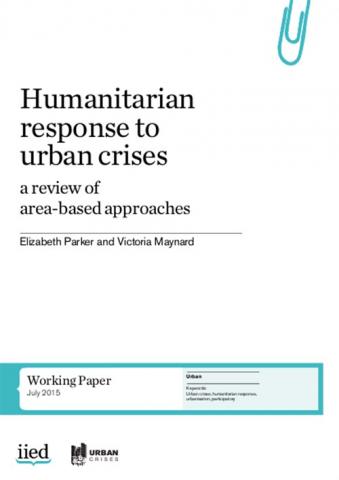Global Video Collection on Community Disaster Response Teams (CDRT) experiences
The ‘Global Video Collection on Disaster Response Teams’ aimed at providing National Societies an additional and innovative way to compiled and showcase their activities and experiences on Community, Branch and National Disaster Response Teams, known as CDRT, BDRT and NDRT.
Global Video Collection on Community Disaster Response Teams (CDRT) experiences Read More »

